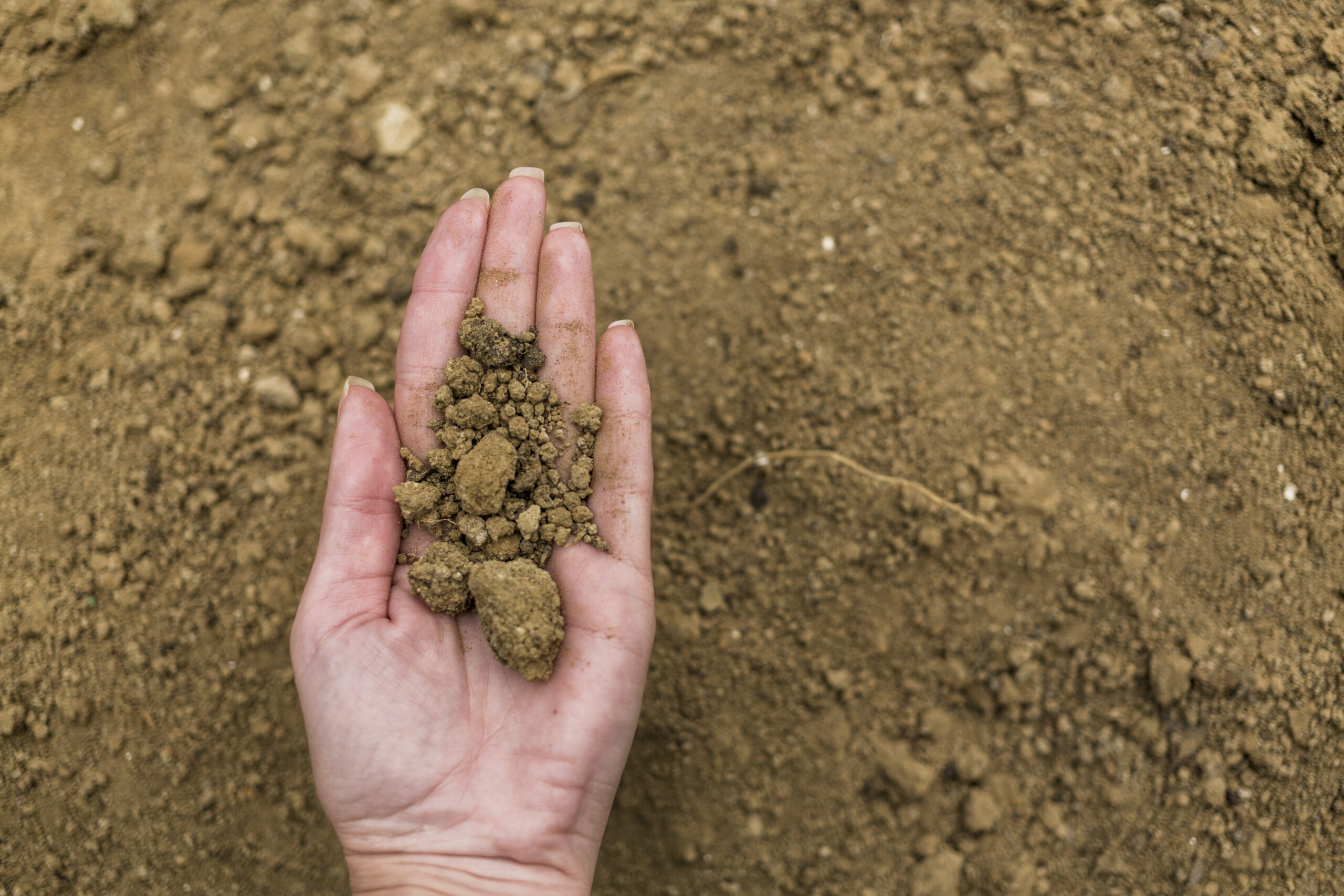Healthy soil is the cornerstone of any thriving garden. It provides the essential nutrients, water, and support that plants need to grow strong and produce abundant yields. However, many gardeners underestimate the importance of soil health, focusing more on fertilizers and pesticides than on the foundational element that sustains plant life. Understanding and improving your garden’s soil is key to long-term success in gardening, whether you’re growing vegetables, fruits, flowers, or shrubs.
What is Soil Health?
Soil health refers to the ability of soil to function as a living ecosystem that sustains plants, animals, and microorganisms. Healthy soil is teeming with life, from earthworms and insects to bacteria and fungi, all of which contribute to the soil’s structure, fertility, and overall vitality.
Key characteristics of healthy soil include:
- Balanced Nutrient Levels: Essential nutrients like nitrogen, phosphorus, and potassium must be present in the right amounts for plants to thrive.
- Good Soil Structure: Soil with good structure has a balance of sand, silt, and clay particles, allowing for proper water retention, drainage, and root penetration.
- Active Microbial Life: A diverse population of microorganisms breaks down organic matter, releasing nutrients and creating a healthy environment for plant roots.
- pH Balance: Soil pH affects nutrient availability and should generally be between 6.0 and 7.5 for most garden plants.
Why is Soil Health Important?
Soil health is crucial for several reasons:
- Nutrient Availability: Healthy soil provides plants with the nutrients they need to grow. Without balanced nutrients, plants may become weak, stunted, or susceptible to diseases.
- Water Retention and Drainage: Soil with good structure retains moisture while allowing excess water to drain away, preventing root rot and other water-related issues.
- Disease Resistance: Healthy soil is less likely to harbor harmful pathogens and pests, reducing the need for chemical interventions.
- Sustainable Gardening: By focusing on soil health, gardeners can create a self-sustaining ecosystem that requires fewer inputs like synthetic fertilizers and pesticides.
How to Improve Your Garden’s Soil
Improving soil health is a gradual process, but with consistent effort, you can transform poor soil into a rich, fertile medium that supports robust plant growth. Here are some effective strategies to improve your garden’s soil:
1. Test Your Soil
Before making any changes, it’s essential to understand the current condition of your soil. Conducting a soil test will provide valuable information about nutrient levels, pH, and soil texture. You can use a home testing kit or send a sample to a local extension service.
Once you have the results, you can tailor your soil improvement efforts to address specific deficiencies or imbalances.
2. Add Organic Matter
Organic matter is the lifeblood of healthy soil. It improves soil structure, enhances water retention, and provides a steady supply of nutrients as it decomposes. Some excellent sources of organic matter include:
- Compost: Compost is decomposed organic material that enriches the soil with nutrients and beneficial microbes. You can make your own compost using kitchen scraps, yard waste, and other organic materials.
- Aged Manure: Manure from herbivorous animals (such as cows, horses, and chickens) adds nutrients and improves soil texture. Be sure to use well-aged manure to avoid burning plants with excess nitrogen.
- Leaf Mold: Leaf mold is made from decomposed leaves and is particularly good for improving soil structure and moisture retention.
Spread a layer of organic matter over your garden beds and work it into the top 6-12 inches of soil. Over time, the organic matter will break down and integrate into the soil, boosting its fertility and health.
3. Practice Crop Rotation
Crop rotation involves planting different types of crops in the same area each year to prevent nutrient depletion and reduce the buildup of pests and diseases. Different plants have different nutrient requirements, and rotating crops helps maintain a balanced soil ecosystem.
For example, legumes like beans and peas fix nitrogen in the soil, which can benefit nitrogen-hungry crops like corn and tomatoes the following season. Planning your garden layout with crop rotation in mind is a simple but effective way to improve soil health.
4. Use Cover Crops
Cover crops, also known as green manure, are plants grown specifically to improve soil health during the off-season. They protect the soil from erosion, suppress weeds, and add organic matter when tilled into the soil.
Common cover crops include:
- Legumes: Clover, alfalfa, and vetch fix nitrogen in the soil.
- Grasses: Rye, oats, and barley add organic matter and improve soil structure.
- Brassicas: Mustard and radish break up compacted soil and reduce soil-borne diseases.
After the cover crop has grown, it can be cut down and tilled into the soil, where it will decompose and enrich the soil with nutrients.
5. Mulching
Mulching involves covering the soil with a layer of organic or inorganic material to conserve moisture, suppress weeds, and regulate soil temperature. Organic mulches, such as straw, wood chips, or grass clippings, also break down over time, adding valuable organic matter to the soil.
In addition to improving soil health, mulch creates a favorable environment for beneficial soil organisms, which play a crucial role in nutrient cycling and soil structure.
6. Minimize Soil Disturbance
Excessive tilling or digging can disrupt soil structure, kill beneficial organisms, and lead to compaction. To maintain healthy soil, try to minimize soil disturbance by adopting no-till or reduced-till gardening methods.
Instead of tilling, consider using methods like:
- Sheet Mulching: Layering organic materials on the soil surface to suppress weeds and improve soil health without disturbing the soil.
- Broadforking: A broadfork is a tool that loosens the soil without turning it over, preserving soil structure and microbial life.
By minimizing soil disturbance, you can create a more stable environment for plants and soil organisms.
7. Balance Soil pH
Soil pH affects nutrient availability and the overall health of your garden. Most garden plants prefer a slightly acidic to neutral pH (6.0-7.5). If your soil test reveals a pH imbalance, you can take steps to correct it:
- To Raise pH (Make More Alkaline): Add lime (ground limestone) to the soil.
- To Lower pH (Make More Acidic): Add sulfur, peat moss, or pine needles.
Adjust pH gradually and re-test the soil to avoid over-correcting, which can lead to other issues.
8. Fertilize Organically
If your soil lacks specific nutrients, you can supplement it with organic fertilizers. Organic fertilizers release nutrients slowly, providing a steady supply of essential elements without the risk of chemical runoff.
Some common organic fertilizers include:
- Bone Meal: High in phosphorus, bone meal promotes root development and flowering.
- Blood Meal: A rich source of nitrogen, blood meal boosts leafy growth.
- Fish Emulsion: A balanced fertilizer that provides nitrogen, phosphorus, and potassium, as well as trace minerals.
Apply organic fertilizers according to the needs of your plants and the recommendations from your soil test.
Conclusion
Healthy soil is the foundation of a productive garden. By focusing on soil health, you can create a thriving ecosystem that supports robust plant growth and reduces the need for chemical interventions. Whether you’re adding organic matter, practicing crop rotation, or minimizing soil disturbance, each step you take toward improving your soil will pay dividends in the form of healthier, more resilient plants. Investing in your garden’s soil is an investment in the long-term success of your gardening endeavors. Happy gardening!




